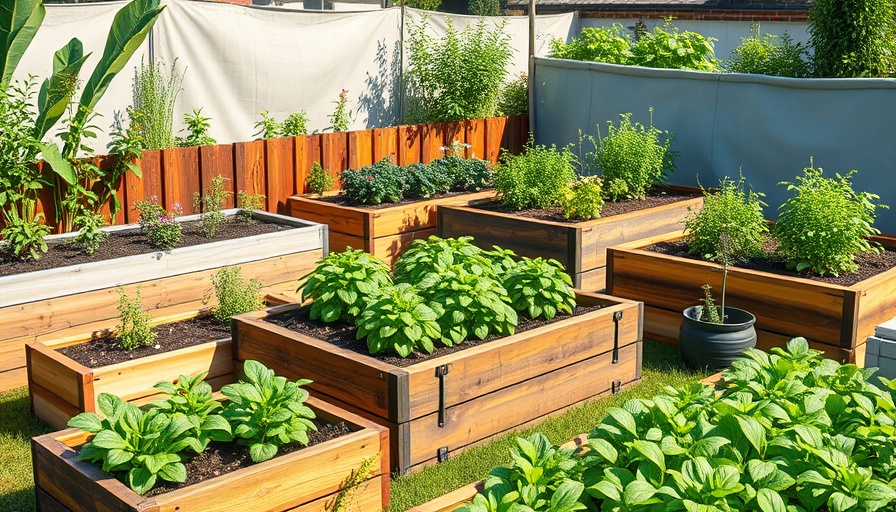
Unveiling the Perfect Raised Bed for Your Garden Dreams
Deciding on the right raised bed for your garden can seem daunting, especially with the variety of options available. Whether you’re a seasoned gardener or just starting your journey into the world of plants, selecting the perfect raised bed can elevate your gardening experience and foster a successful growth environment for your plants.
Types of Raised Beds: Finding Your Ideal Fit
Raised beds come in many shapes, sizes, and materials. Common options include wooden, metal, and even fabric beds. Wooden beds bring a rustic charm but require maintenance to prevent rot. Metal beds are durable and make a contemporary statement in your backyard, while fabric beds offer portability and good drainage. Each type has its benefits, and the best choice depends on your specific gardening needs.
Why Raised Beds Are a Gardener’s Best Friend
Raised beds promote better drainage, soil quality, and access to sunlight, making them ideal for a thriving vegetable garden or flower garden. They offer an elevated planting area, reducing strain on your back while gardening. Moreover, raised beds can deter pests such as rabbits or soil pests that may invade traditional gardens.
Essential Tips for Building a Raised Bed Garden
Building your own raised bed can be a fulfilling project that adds character to your yard. To create a successful raised bed garden, consider using untreated wood for safety. Ensure the dimensions are manageable to facilitate easy watering and maintenance. Selecting a location with optimal sunlight will encourage the growth of your plants whether you are growing vegetables, herbs, or beautiful flowers.
Container Gardening: A Versatile Alternative
If your space is limited, container gardening could be your best bet. These gardening methods allow you to create stunning displays of flowers or effective vegetable patches on patios or balconies. With the right soil mix and watering techniques, containers can foster a vibrant green space while bringing joy to gardening enthusiasts!
Perfecting Your Green Thumb with Gardening Tools
To cultivate a flourishing garden, investing in quality gardening tools is essential. From ergonomic gardening gloves to efficient watering systems, each tool can enhance your gardening experience. Tools that simplify tasks, like a garden hose or a compost bin, encourage active participation in gardening, turning it into a delightful hobby.
Inspirational Garden Ideas for Every Gardener
Whether you're an enthusiast looking to expand or a beginner eager to learn, drawing inspiration from innovative garden designs can spark creativity. Consider creating a themed garden, such as a herb garden, or incorporating attractive garden decor to add variety. You might even explore vertical gardening or hydroponic setups for growing herbs or flowers indoors effectively!
Join the Gardening Community!
Getting involved in a local gardening community or online forums can provide a wealth of knowledge. Engaging with fellow gardening enthusiasts helps you exchange ideas, share experiences, and learn about the best practices in organic gardening techniques. It fosters both personal growth and the collective spirit of nurturing nature in our communities.
Final Thoughts: Growing Together Through Gardening
Exploring the world of gardening can be incredibly rewarding, allowing you to foster not only plants but also connections in your local community. So roll up your sleeves, visit your local garden center, pick out your favorite seedlings, and start creating a thriving green space that reflects your personality and passion!
 Add Row
Add Row  Add
Add 




Write A Comment